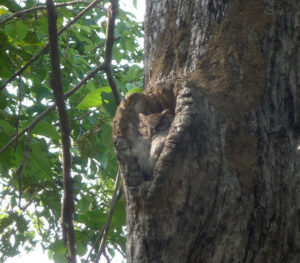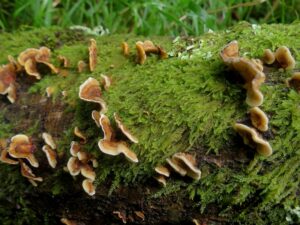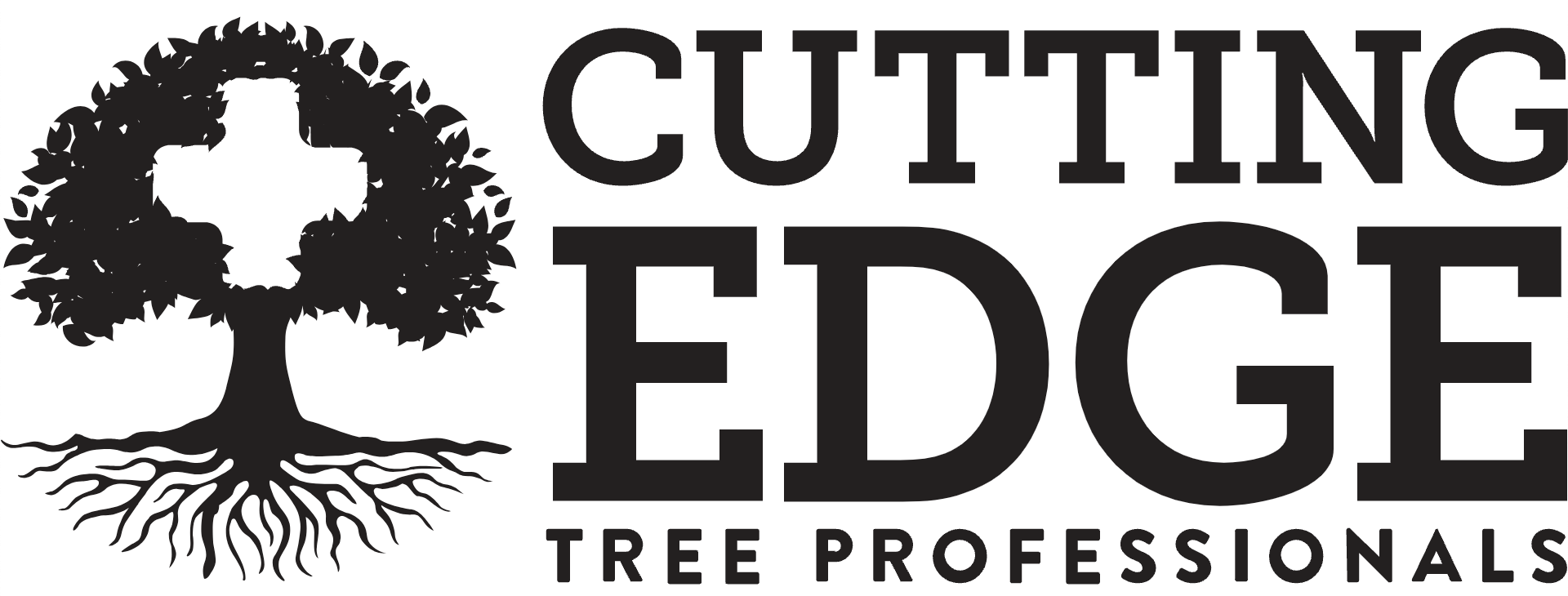If you have even a single tree or plant in your backyard, there is a good chance that you have some kind of fungi in there as well. This is just par for the course when it comes to owning trees and plants. It is not something to get too worked up over, but it is something to keep in mind when you are doing an annual inspection of your trees.
Note that it can be extremely difficult to differentiate between different types of fungi, but that isn’t always something you’ll need to do anyway. In most cases, you will want to just identify that you have a problem and then contact someone to help you.
Even though trees are well designed and they are able to take care of themselves, it is true that we sometimes need to be their protector and really take care of them. Few trees actually die because of fungi problems. Instead, they die because the fungi took over and allowed something worse to kill the tree.
The best thing you can do as a tree owner is to understand the signs and symptoms of a fungal problem. Then, you can contact help. Here are a few of the most common signs of tree fungi in Pennsylvania:
4. Soft or Squishy Spots on Tree

- Do Not Push Too Hard Or You’ll Damage the Tree
- Check for Spots That Feel Wet or Moist
- Purchase Moisture Monitors to Help Track
Moisture is a huge problem in Pennsylvania, for both inside and outside of your home. If you are in an area where moisture is plentiful, your trees may pay the ultimate price. Check your trees regularly for soft spots that can amass from this moisture. You have to physically touch your trees to feel it because sometimes it isn’t visible to the naked eye. If you notice something that just doesn’t feel right, make sure to call a tree care professional.
One of the best ways to eliminate this problem is to eliminate the moisture. This can be difficult, so the other option is to plant trees that thrive when it is humid or wet. In Pennsylvania, needle-based trees like evergreens seem to have the biggest problem, which is why you need to be on the look out for Thousand Cankers Disease.
3. Spots on Leaves and Branches

- Look for Dimensional Growth
- Colorful Spots Indicate Issues
- Black Spots Require Immediate Help
Most people will tell you that having spots or dots on the leaves and stems of your trees really isn’t all that big of a deal. We saw them all the time when we were kids and sometimes we even picked them off if given the chance. However, as adults we should know that this isn’t something play around with – instead, it is something very serious that can render your trees dangerous. Of course, there are some types of spots that aren’t that big of a problem at all. The darker, bigger, and more dimensional the spots get, however, the worse they are. If you see spots on your leaves, call a tree care professional for a real assessment.
Why is this so dangerous? The Missouri Botanical Garden explains, “Leaf spot is a common descriptive term applied to a number of diseases affecting the foliage of ornamental and shade trees. The majority of leaf spots are caused by fungi, but some are caused by bacteria.” You don’t have to know the difference because both require attention from professionals.
2. Wounds Not Healing

- Remember Some Trees Take Longer to Heal
- Do Not Cover Wounds As They Heal
- Keep a Log of Any New Wounds
Taking care of your tree doesn’t always mean that you are helping it, especially when it comes to fungi. Whenever you make a cut in your tree, or a limb breaks off, or even when an animal uses its feet to climb up the tree, it gets wounded. The wound is similar to something that humans get in that the tree immediately puts a priority on fixing the wound. It forms a type of covering or scab to protect the area. Still, it is a process that takes some time – far longer than it takes humans. These wounds take away from the day to day processes of the tree, using up nutrients and water that could go elsewhere. Fungi flock to these wounds because that is where the water and nutrients are – and fungi aren’t stupid.
As fungi move in and take over the tree, they get stronger and stronger while your tree gets weaker and weaker. They take over the tree and can eventually kill it, according to Purdue.
1. Mushrooms Along Base or On Tree

- Mushrooms of All Kinds Develop
- Check Under the Shade Cover
- Mushrooms Start Low and Move Up As They Get Stronger
There is something really cute about a mushroom, right? Many of us love the little mushrooms that pop up in our yards. However, they can also be a sign that something is going seriously wrong in your trees. Larger clusters of mushrooms along the base of the tree or even mushrooms going up the tree need to be examined. These mushrooms can be feeding on your tree and taking the nutrients, opening up the tree for diseases and problems.
According to Hunker, mushrooms are not good for your trees at all, even if they aren’t particularly problematic. Eliminating them is the best approach. If you want to eliminate them, call a professional who knows how to handle the situation. Do not remove the mushrooms before talking to a professional if you want to – the professional needs to see, feel, and even examine the mushrooms.
Fungi is a terrible problem that so many people have to deal with over the years, especially if you have trees in Pennsylvania. The best approach is always to call a professional team that has access to the best tools and machines to help diagnose, treat, and repair your trees after fungi have taken over. Give our team at Cutting Edge Tree Professionals a call today, we will work with you to keep your yard extremely safe. Remember that time is of the essence, so do not hesitate. Call us at (814) 240-2172.

